The Lost Art of Painting on Cobweb Canvases
Monks and peasant artists in the 16th century began this intricate process of re-spinning spider and caterpillar cobwebs.
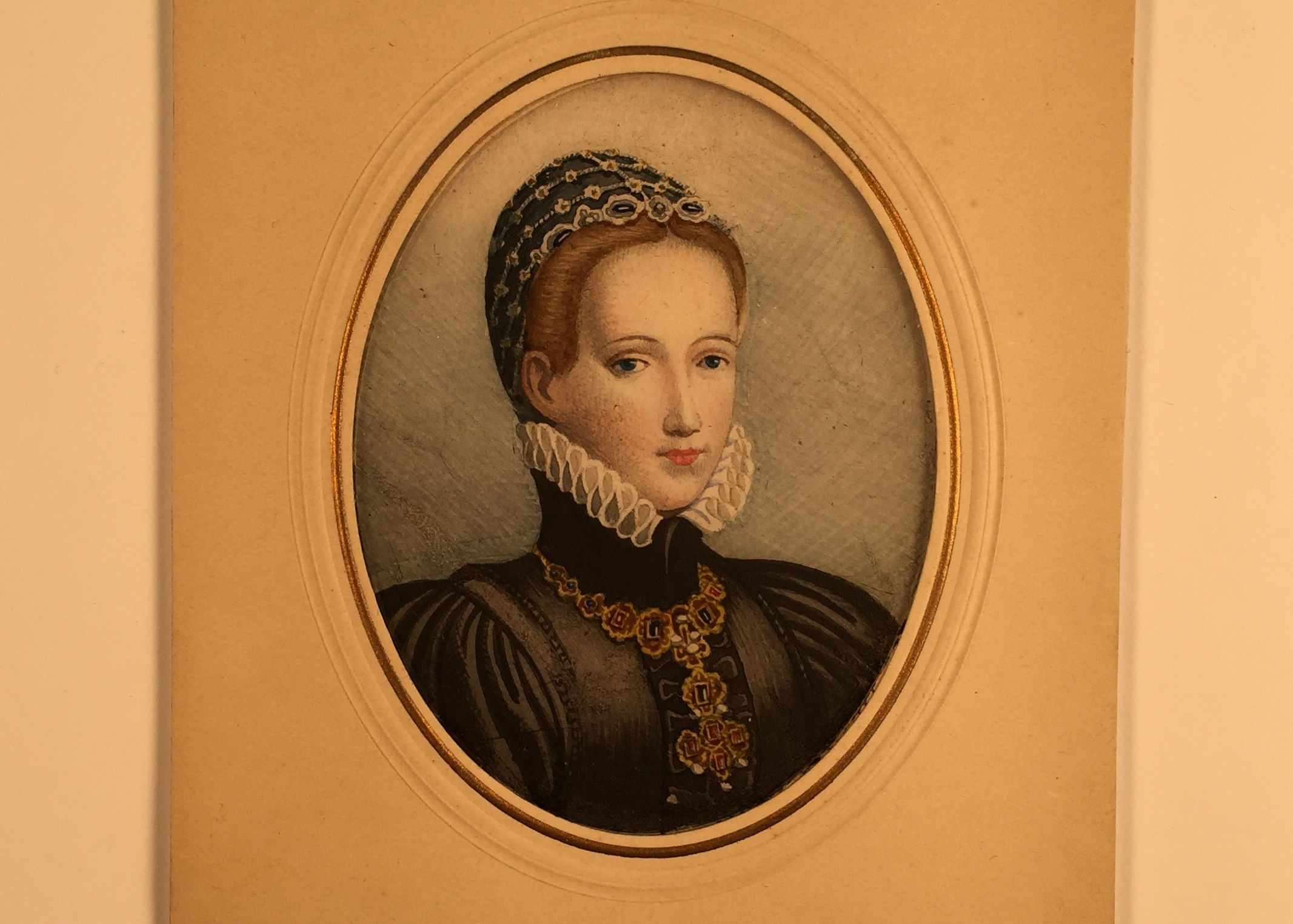
As far back as the 16th century, monks and peasants wandered the secluded Puster Valley fortressed by the icy mountains of the Tyrolean Alps in search of the glistening, silky homes of spiders and caterpillars. Gently plying away the gossamer material with fingertips or a small knife, they would take the cobwebs and transform them into a delicate canvas. The layers of silk became the bases for portraits of saints and sprawling landscapes.
Cobweb painting—a unique peasant craftsmanship native to the Tyrolean Alps in Western Austria and Northern Italy—has become a forgotten artform with fewer than 100 known paintings today.
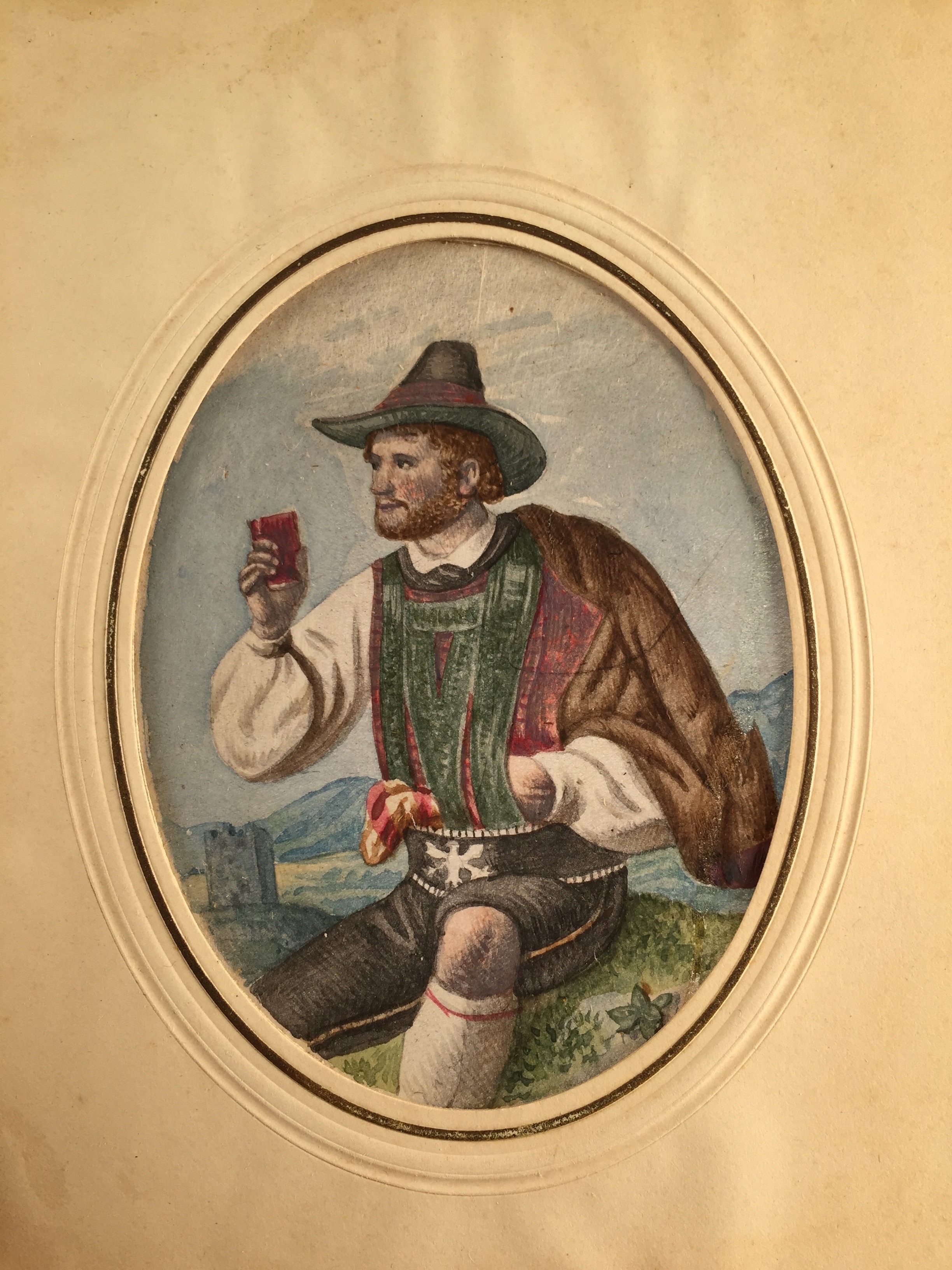
While they only average about the size of a large postcard, cobweb paintings, also known as gossamer paintings, involved a painstakingly intricate creation process. Artists had to collect cobwebs, layer and stretch them over an oval windowed mat, and paint with a special fine-tipped woodcock feather brush. A range of media were applied to cobweb canvases, from watercolor, India ink, to even print engravings.
“When I first saw the gothic spider web design on the cover of [the paintings’] cases, I was expecting something rather dark and macabre inside,” says Jason Nargis, special collections librarian at Northwestern University’s Charles Deering McCormick Library of Special Collections which contains four of the approximately 100 existing paintings. “Instead, the paintings were simple, light, and hopeful.”
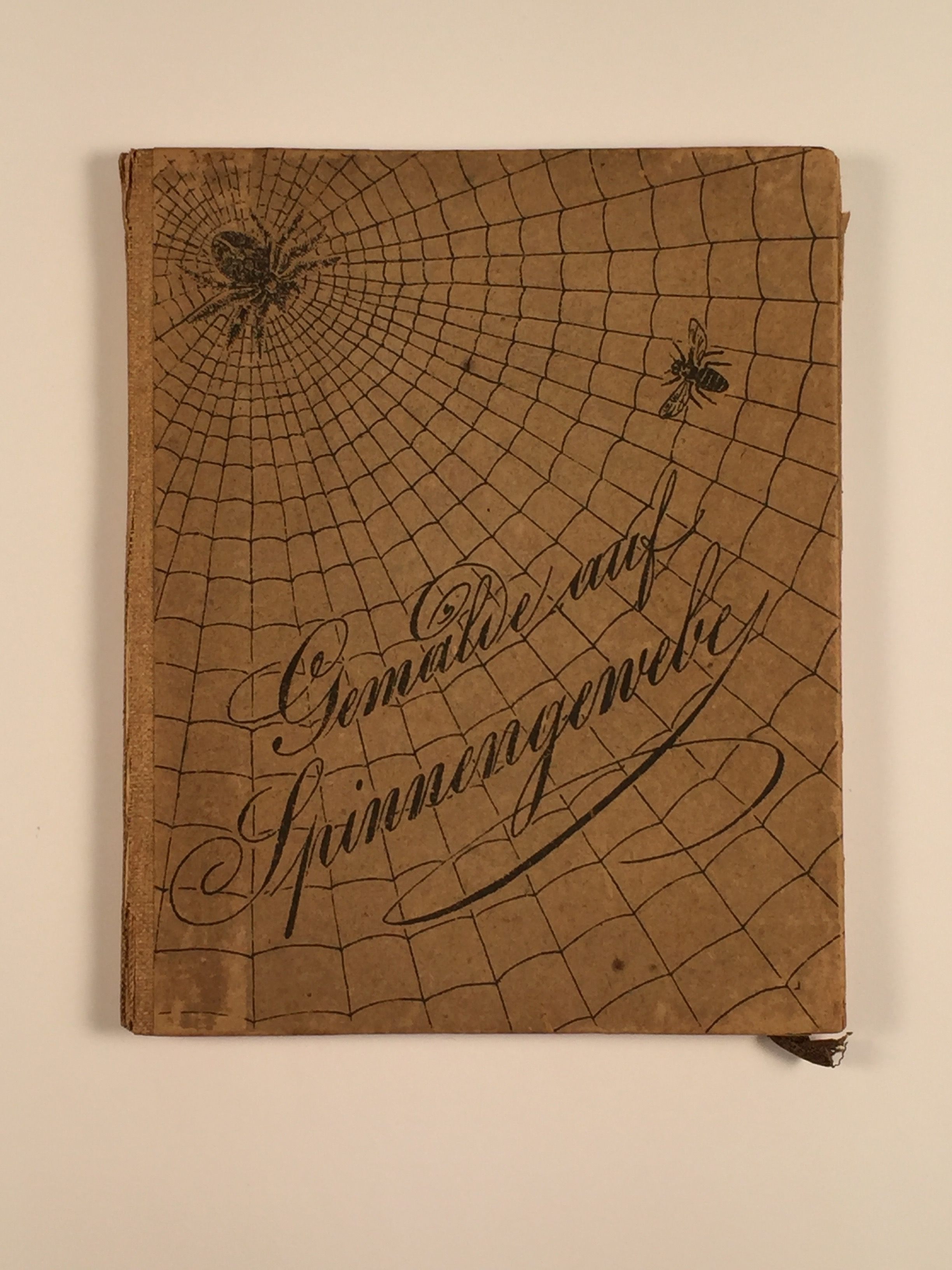
The very first cobweb paintings hung in windows of churches and cloisters. Artists sought to express their spiritual devotion and unwavering patience by mastering the most difficult canvas imaginable, Ina Cassirer wrote in the 1956 issue of Natural History. “The more fragile [the paintings] were, the more they were cherished,” she explained.
Additionally, artists were drawn to the transparent effect of the cobweb. When holding up renderings of The Madonna and the Child and The Lamb of God and the Book of Seven Seals to the light, the images are outlined with an ethereal glow. “The charm of the paintings lies partly in the fact that the background areas are left unpainted, so that the figures seem to float in an opalescent haze,” Cassirer wrote.
Eventually, the art pieces became a common household item, and featured pastoral landscapes, duchesses, kings, and military scenes in the 19th and 20th century.

The optimal web for canvases was the more dense and fine gossamer spun by certain species of caterpillars and spiders. Artists in the Tyrolean Alps were said to prefer cobwebs from the caterpillar of the small silver-gray spotted moth Yponomeuta evonymella and funnel-weaver spiders of the family Agelenidae for their elasticity and tensile strength. However, webs produced by the common house spider Tegenaria domestica were also a good source. Some webs measured almost two feet long.
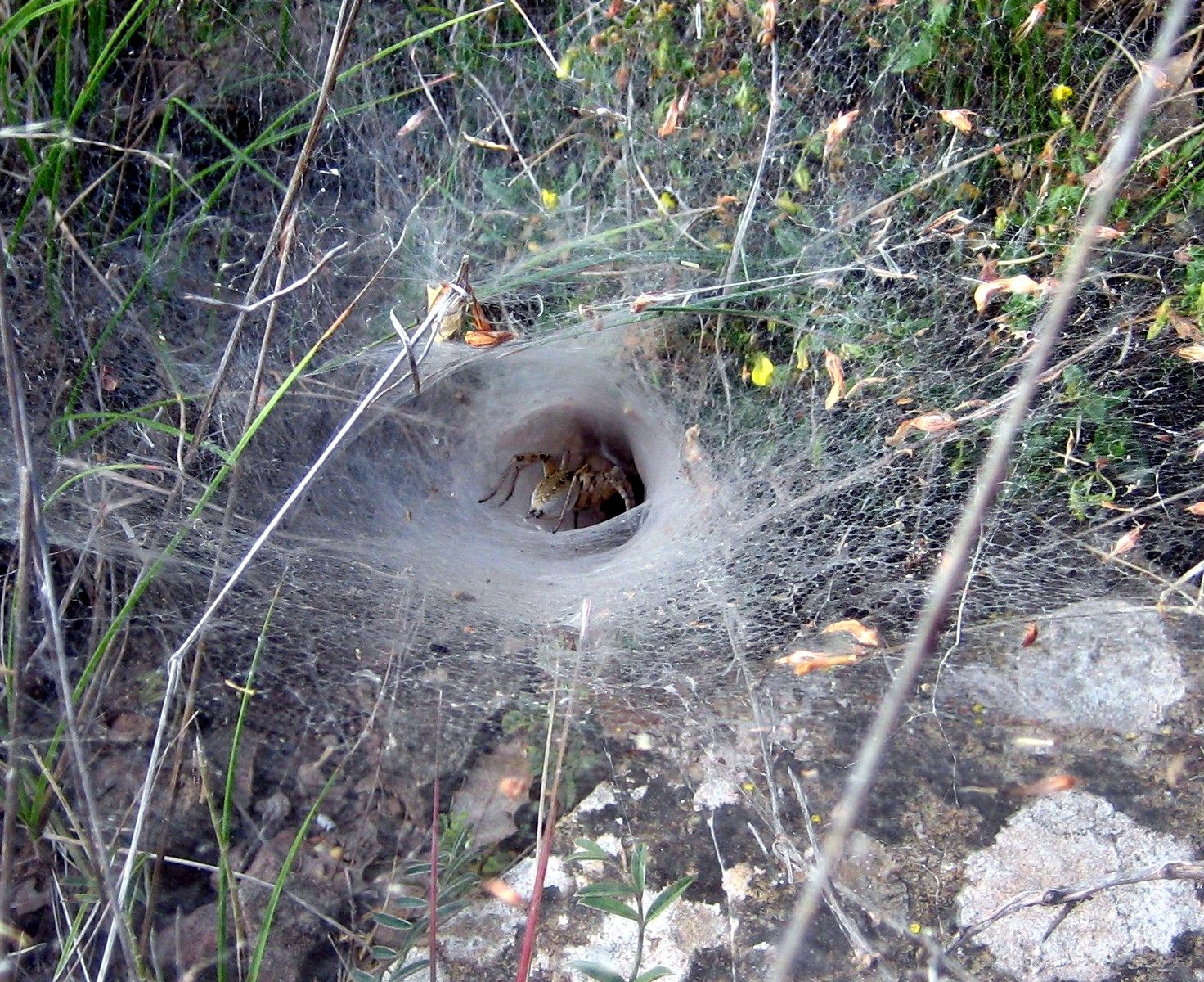
Cobwebs were collected in sheets in the grass, on branches of bird-cherry trees in the winter, and in the nooks of attics. Threads measured between a fraction of a micron to three microns, which seems minuscule compared to the 13 to 26 microns of a silkworm’s string. The fragility of the material made it difficult to stretch the canvas without breaking. Little pieces of debris also easily got trapped between fibers, interfering with the translucency.
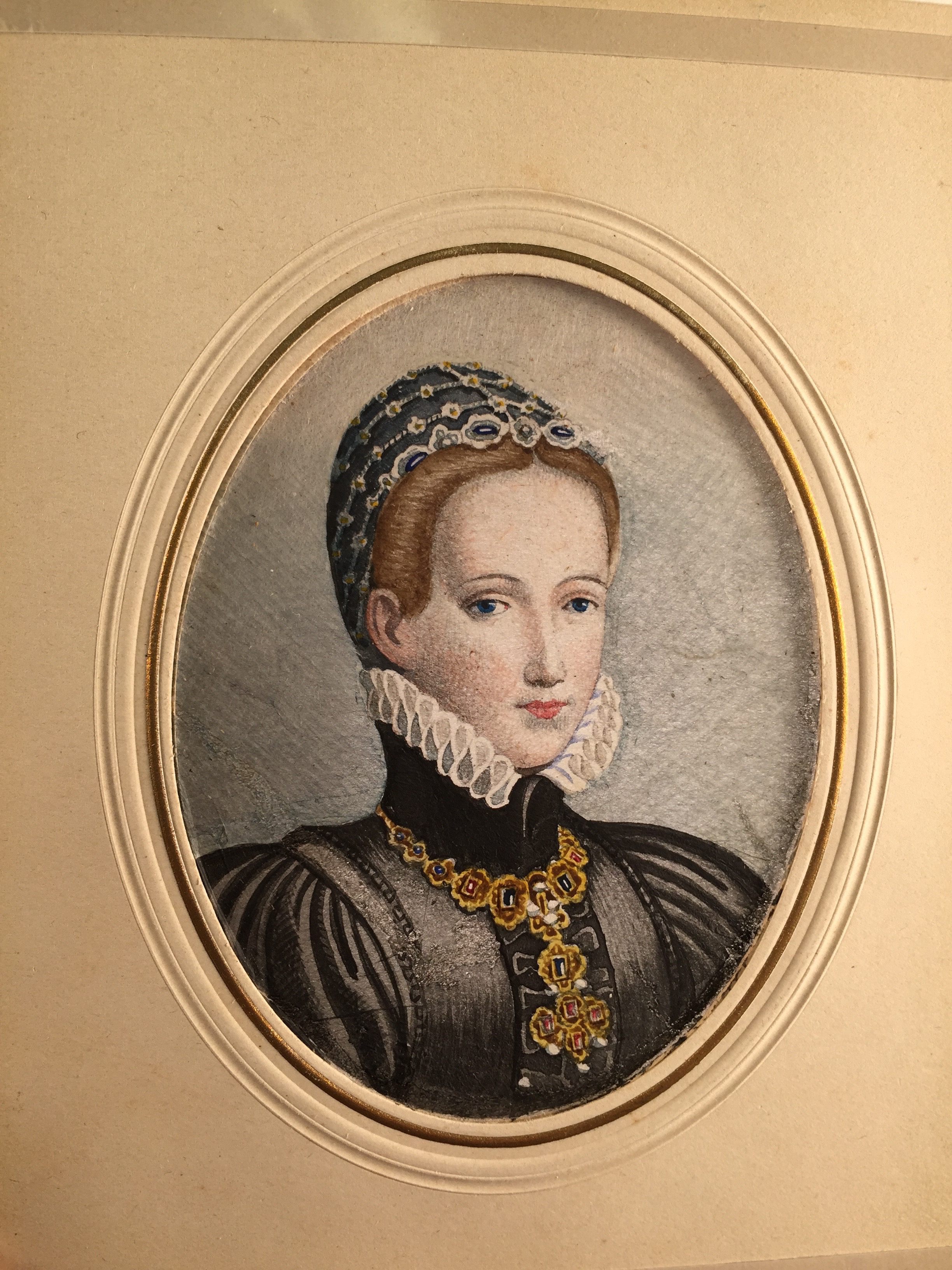
To overcome these challenges, artists would first thoroughly clean the web, stretch it over cardboard, and coat it with diluted milk to add strength. Johann Burgman, one of the most prolific cobweb artists of the late 1700s and early 1800s, found that soaking nuts in the water he used for painting extracted oils which helped transfer the color onto the delicate medium.
Most of the paintings were created with opaque watercolors, which are watercolors based with white pigment. Hair, eyes, flowers, and ribbons were all drawn with the utmost precision. Paintings in India ink contain lines and details so fine that viewers often mistake the minuscule brush strokes as penwork. But using a pen would just be asking for a tear—a gentle poke of a finger can completely destroy a cobweb painting.
Artists often chose to leave sections of the background unpainted or sometimes added an inconspicuous spider or insect in the bottom or corner to call attention to the amount of skill required to work with such delicate fabric, Cassirer noted.

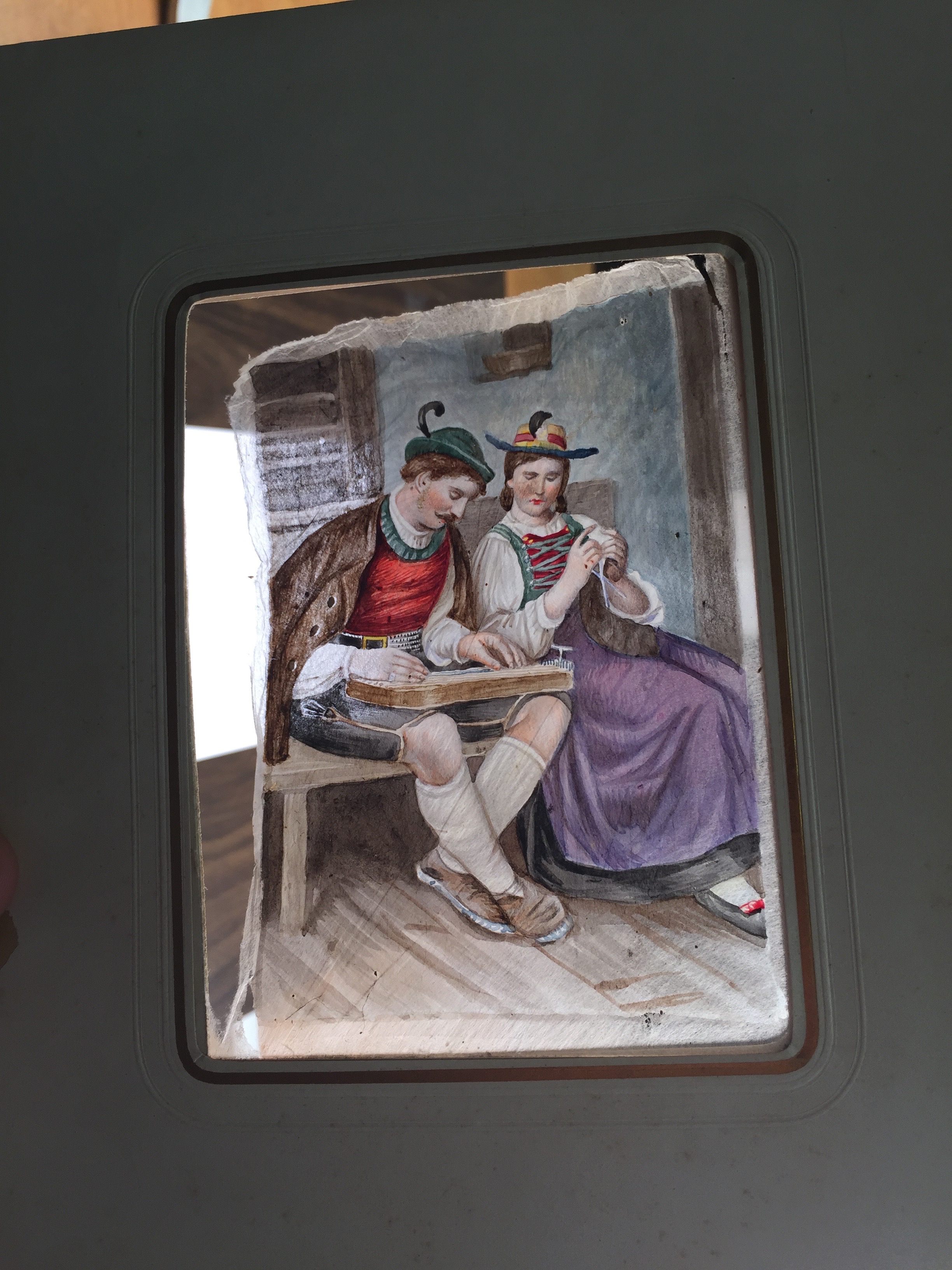
In addition to India ink and watercolor paintings, some craftsmen even printed on cobwebs with metal plates. The layered cobwebs were stretched flat over a blackened plate, and then pressed with a heavy weight, wrote Cassirer. There are only six such cobweb engravings known to exist.
After artist Johann Burgman died in 1825, the production of cobweb paintings began to dwindle in the Puster Valley. There have only been small resurgences of cobweb painting ever since. An artist based in Tennessee began practicing cobweb painting in the late 1890s after reading about the craft, and a few of her pieces were donated after her death in 1956 to the national Museum of American History in Washington, D.C. In the 1870s, art dealers Franz Unterberger and C. Czichna brought back the art practice in North Tyrol in western Austria, selling cobweb pieces of Tyrolean scenes as tourist gifts. A traveler who visited Unterberger’s shop in 1930 reported that the seven on display were the last of its kind. The artist Unterberger had commissioned had recently died, taking his secret cobweb painting techniques with him, wrote Cassirer.

Given their extreme fragility, it’s remarkable that the delicate fibers of cobweb paintings have been able to survive for hundreds of years. Nargis, who continues to look over the four precious cobweb paintings in the Charles Deering McCormick Library of Special Collection, says that analyzing these preserved artifacts “opens a new perspective on the history of the people who made and used them.”
Object of Intrigue is a weekly column in which we investigate the story behind a curious item. Is there an object you want to see covered? Email ella@atlasobscura.com.



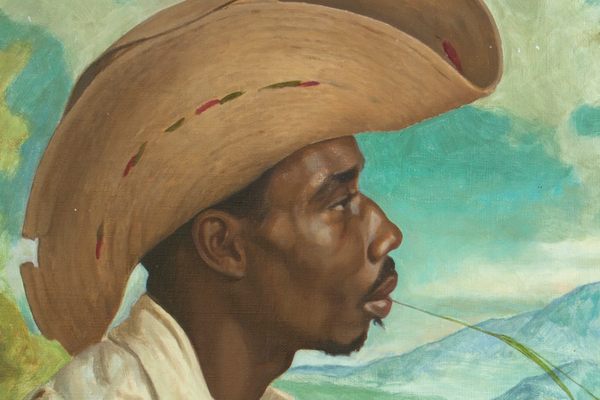


























Follow us on Twitter to get the latest on the world's hidden wonders.
Like us on Facebook to get the latest on the world's hidden wonders.
Follow us on Twitter Like us on Facebook